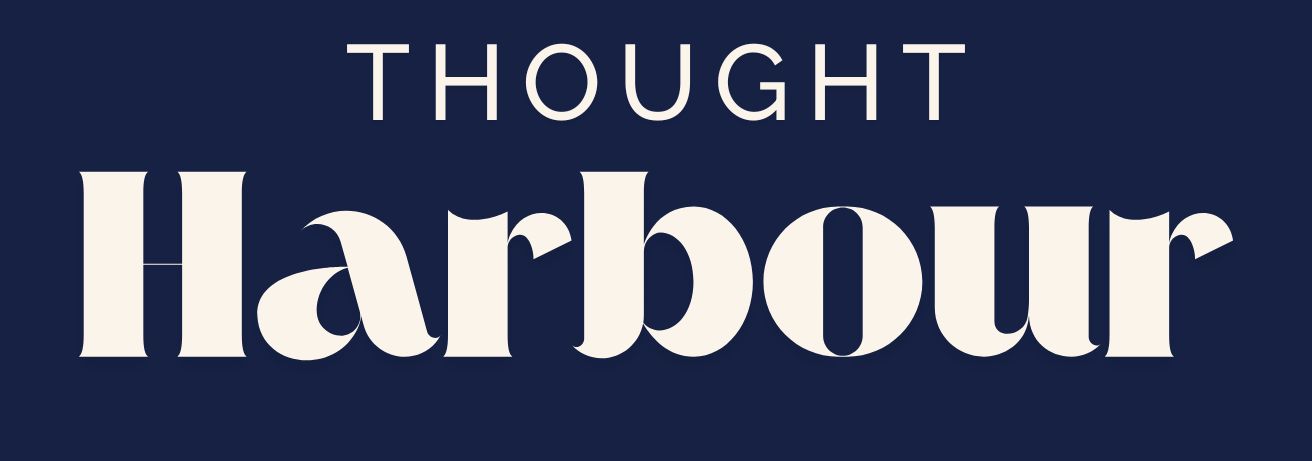Understanding Public Procurement
Public procurement is a fundamental component of government operations, serving as the mechanism through which goods, services, and works are acquired from external sources. This process is vital for fulfilling government needs efficiently and economically, ensuring that public policies are supported and taxpayers receive value for their contributions. Public procurement involves a range of activities, from planning and specification to tendering and contract management.
One of the primary objectives of public procurement is to ensure transparency and fairness in the acquisition process. Governments are tasked with adhering to specific regulations and guidelines designed to prevent corruption and promote competition. By doing so, they can secure the best possible outcomes for the public sector and the communities they serve.
Additionally, public procurement plays a critical role in economic development. By engaging with local businesses and suppliers, governments can stimulate economic growth and create employment opportunities. This engagement not only benefits the local economy but also fosters innovation and competitiveness within the market.
The Procurement Process
The procurement process is a structured approach that involves several stages, each designed to ensure that the acquisition of goods and services is conducted efficiently and effectively. The process typically begins with the identification of needs, where government entities determine what is required to support their operations and objectives.
Following this, the planning phase involves the development of procurement strategies and the preparation of necessary documentation, such as specifications and terms of reference. This stage is crucial in setting the foundation for a successful procurement process.
The tendering phase is where suppliers are invited to submit proposals or bids. This stage requires careful management to ensure that all submissions are evaluated fairly and transparently. Governments often employ various evaluation criteria to assess the suitability of proposals, considering factors such as cost, quality, and delivery timelines.
Once a supplier is selected, the contract management phase begins. This involves overseeing the execution of the contract, ensuring that all terms and conditions are met, and addressing any issues that may arise. Effective contract management is essential for achieving the desired outcomes and maintaining positive relationships with suppliers.
Challenges in Public Procurement
Despite its importance, public procurement is not without its challenges. One of the most significant issues is the risk of corruption, which can undermine the integrity of the procurement process and lead to suboptimal outcomes. To mitigate this risk, governments must implement robust anti-corruption measures and promote a culture of transparency and accountability.
Another challenge is the complexity of procurement regulations and procedures. Navigating these can be daunting for both government officials and suppliers, potentially leading to delays and inefficiencies. Simplifying procurement processes and providing adequate training and support can help address these challenges and improve overall efficiency.
Furthermore, public procurement often faces scrutiny from various stakeholders, including the public, media, and oversight bodies. This scrutiny can place additional pressure on procurement officials to ensure that all processes are conducted in a fair and transparent manner. By fostering open communication and engaging with stakeholders, governments can build trust and confidence in the procurement process.
Innovations in Public Procurement
In recent years, there have been significant innovations in the field of public procurement, driven by advances in technology and changing societal needs. One such innovation is the adoption of e-procurement systems, which streamline the procurement process by allowing for the electronic submission and evaluation of bids. These systems enhance efficiency, reduce costs, and increase transparency by providing a centralized platform for all procurement activities.
Another trend is the emphasis on sustainable procurement practices. Governments are increasingly recognizing the importance of considering environmental and social impacts when making procurement decisions. This approach encourages the selection of suppliers who adhere to sustainable practices and contribute to broader societal goals, such as reducing carbon emissions and promoting fair labor practices.
Collaborative procurement is also gaining traction, with governments working together to pool resources and leverage their collective buying power. This approach can lead to cost savings and improved outcomes by enabling access to a wider range of suppliers and expertise.
Future of Public Procurement
Looking ahead, the future of public procurement is likely to be shaped by several key trends and developments. One of these is the increasing use of data analytics and artificial intelligence (AI) to enhance decision-making and optimize procurement processes. By analyzing large volumes of data, governments can gain valuable insights into market trends, supplier performance, and potential risks, allowing for more informed and strategic procurement decisions.
Another emerging trend is the focus on resilience and adaptability in procurement strategies. The COVID-19 pandemic highlighted the importance of having flexible and responsive procurement systems that can quickly adapt to changing circumstances. Governments are now prioritizing the development of procurement frameworks that can withstand disruptions and ensure continuity of essential services.
Finally, the growing importance of social value in procurement decisions is set to shape the future landscape. Governments are increasingly recognizing the potential of procurement to drive positive social outcomes, such as promoting diversity and inclusion, supporting local economies, and addressing social inequalities. By integrating social value considerations into procurement strategies, governments can contribute to a more equitable and sustainable future.









